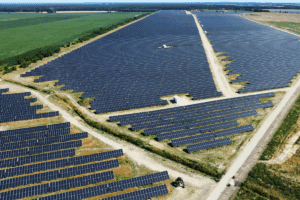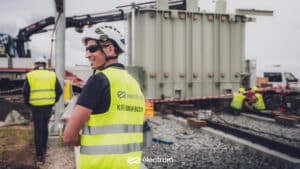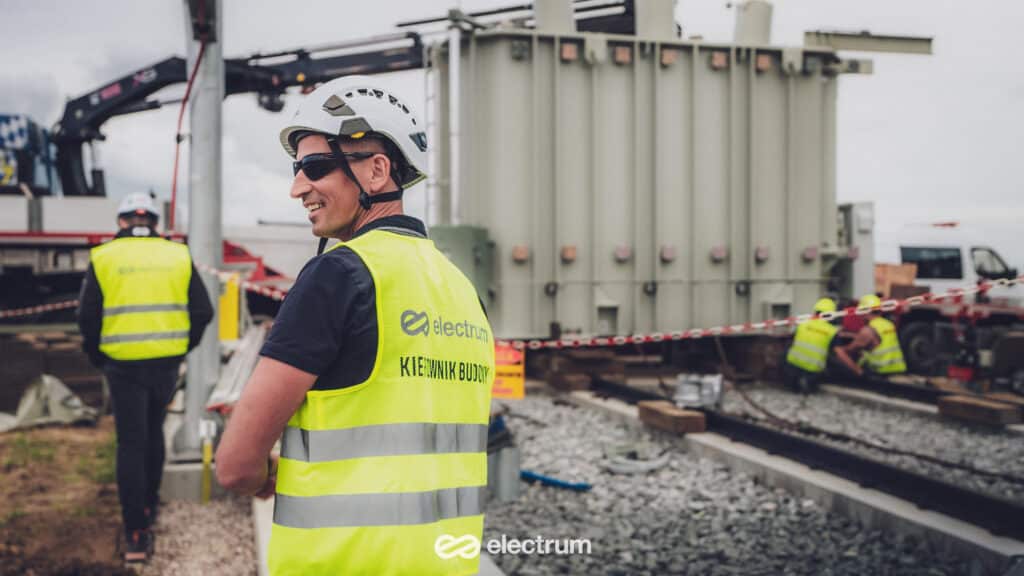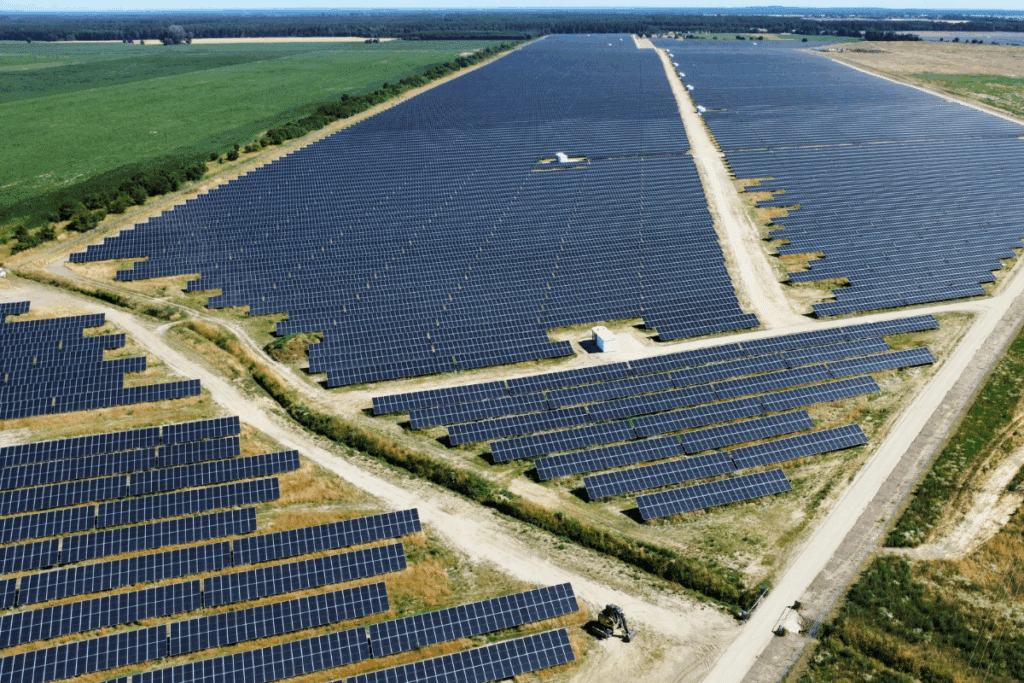Wind Farms: Advantages and Disadvantages
Wind farms are one of the most popular sources of renewable energy. They contribute to reducing greenhouse gas emissions and air pollution.
How Do Wind Power Plants Work?
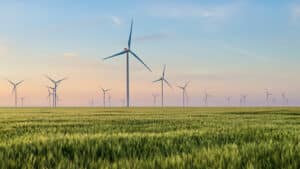
Advantages of Wind Power Plants
Wind power plants offer several advantages, including:
- Clean Energy: Wind power plants do not emit greenhouse gases or other air pollutants.
- Renewable: Wind is an infinite source of energy, meaning wind power plants can operate for many years without the need for fuel replenishment.
- Low Operating Costs: After installing a wind power plant, operating costs are relatively low.
- Scalability: Wind power plants can be built in various sizes, from small turbines on rooftops to large wind farms.
Disadvantages of Wind Power Plants
Wind power plants also have several disadvantages, including:
- Dependence on Weather Conditions: Wind power plants require strong and consistent winds to generate electrical energy. In the absence of wind or in the presence of excessively strong winds, the power plant may cease to operate.
- Environmental Impact: The construction of wind power plants can affect the natural environment, particularly if they are built in protected areas or areas inhabited by wildlife.
Alternative Energy Systems
Wind power plants are just one of many alternative energy sources. Other alternative energy systems include solar power plants, hybrid power plants, geothermal power plants, and hydroelectric power plants.
Read also:
Wind turbine maintenance: Essential for Peak Performance
Wind Farm Construction | Green Energy Development

